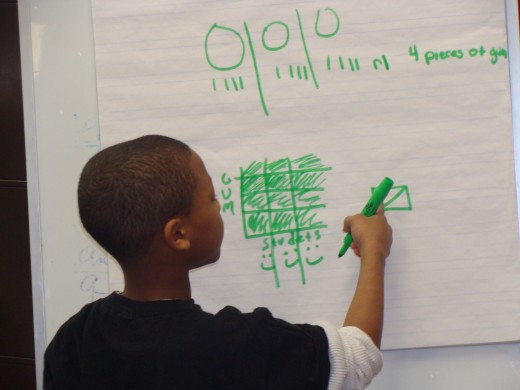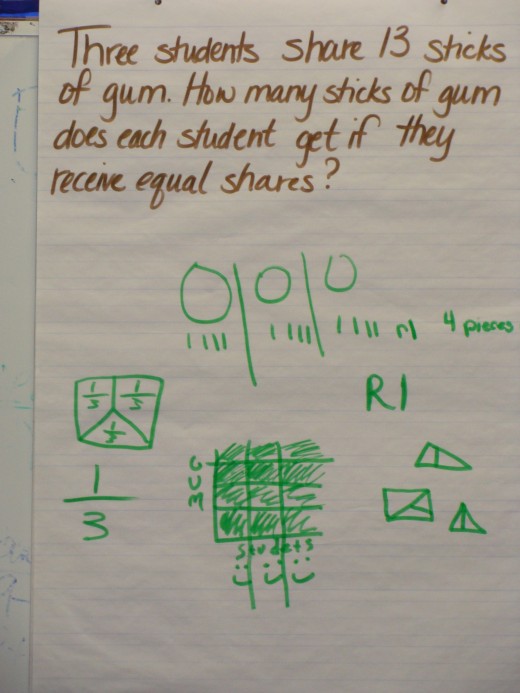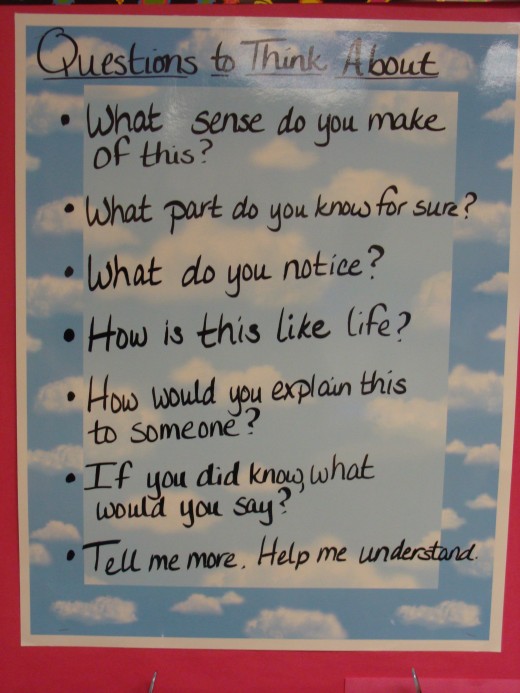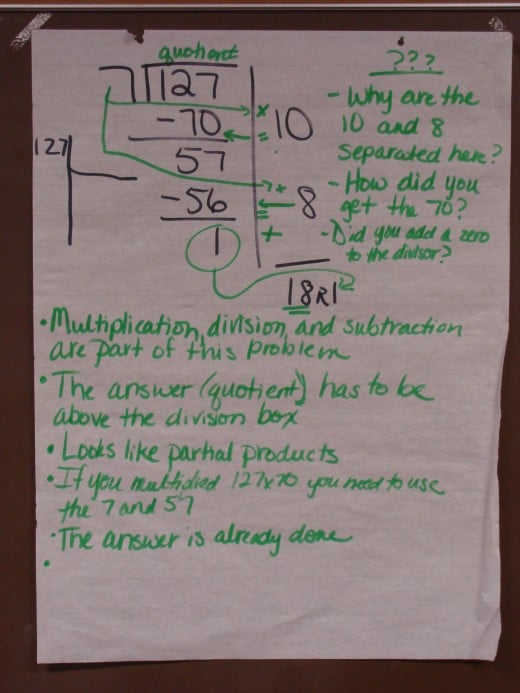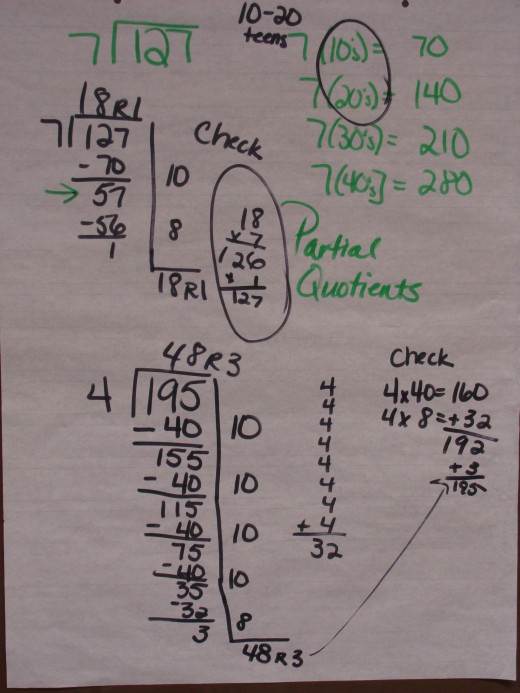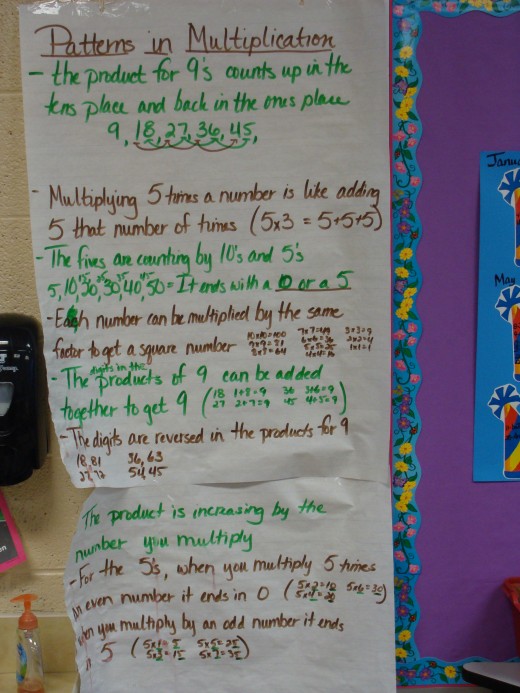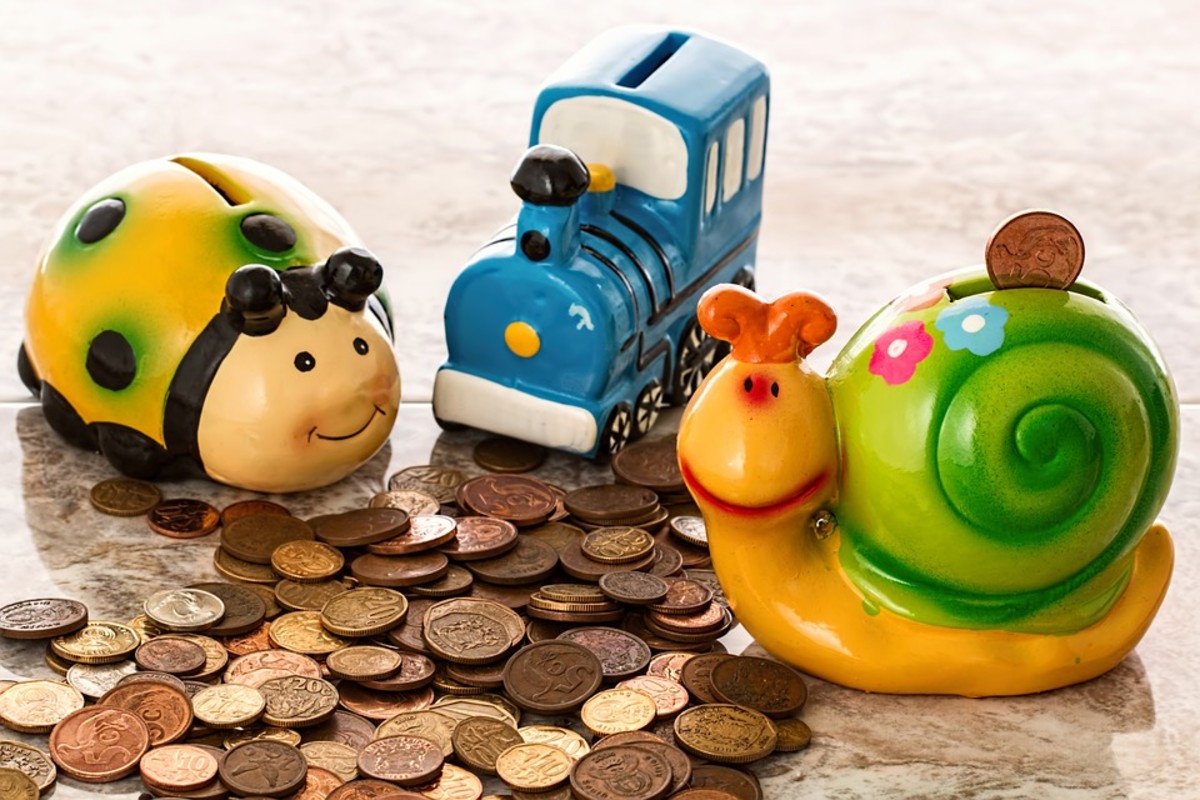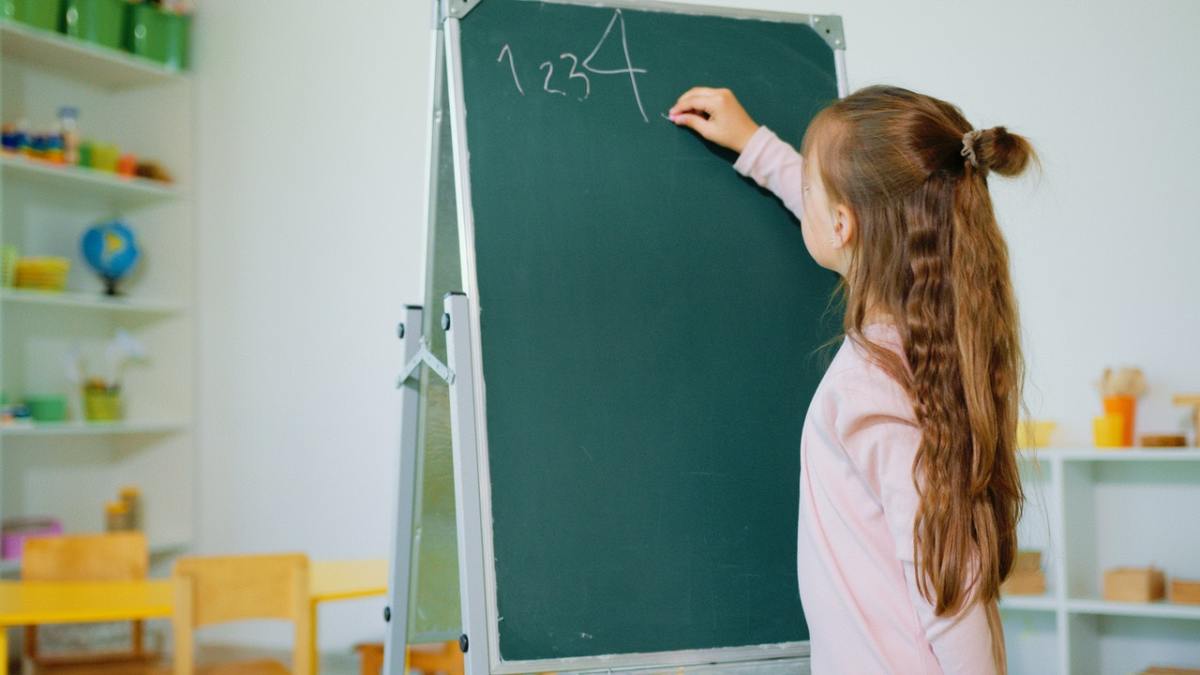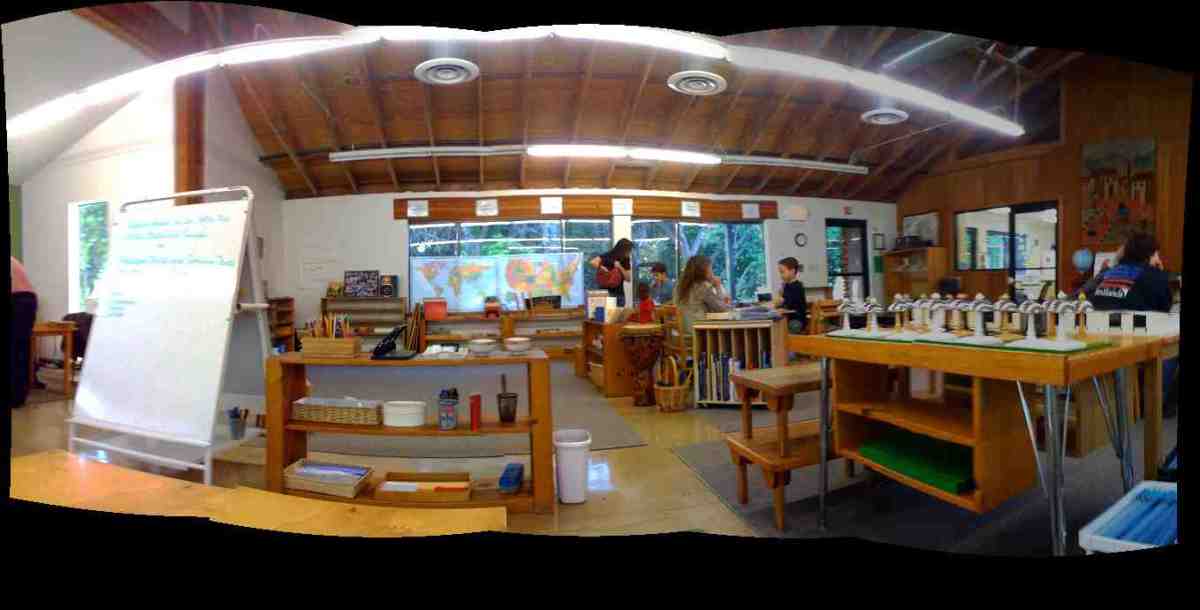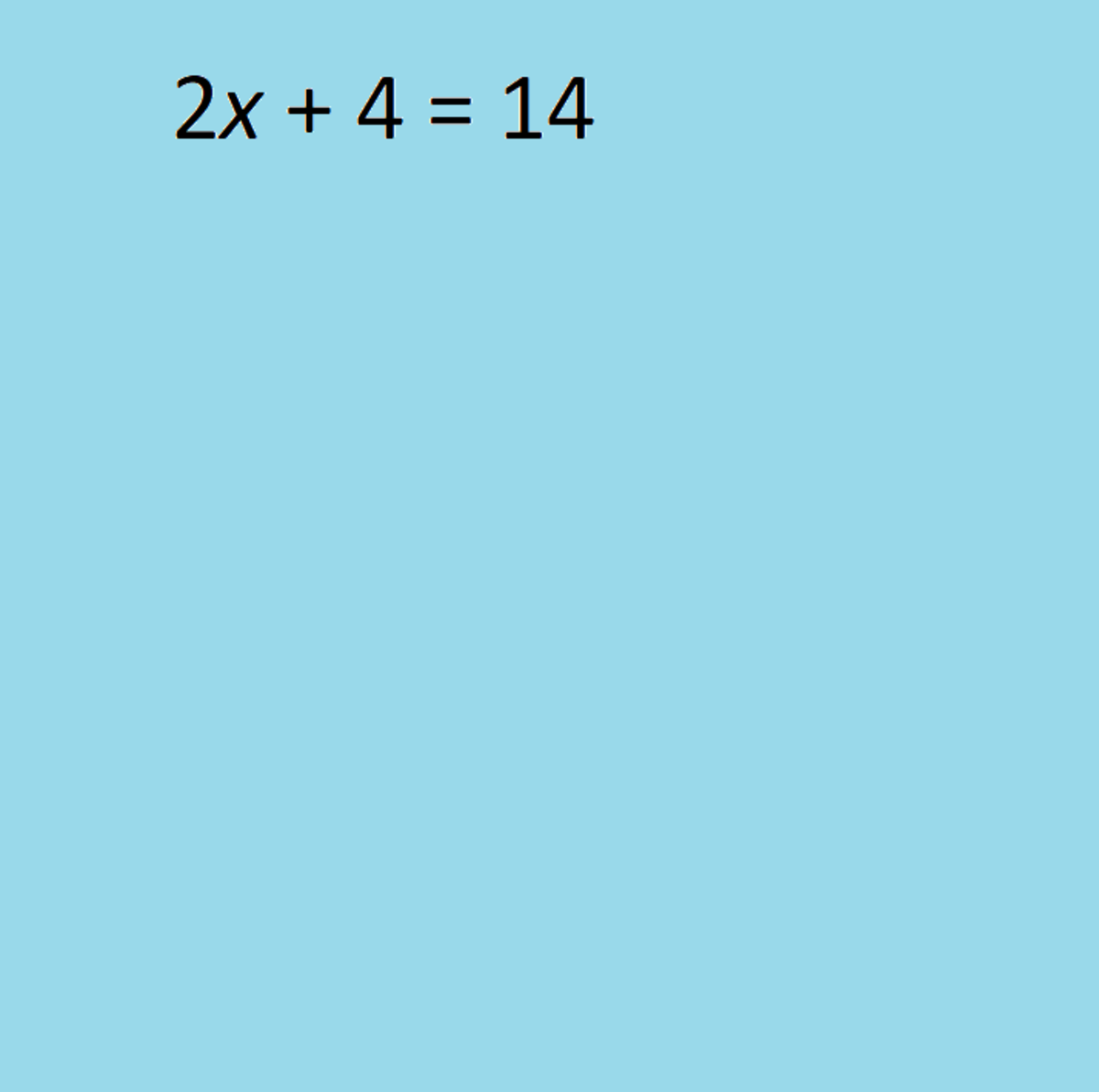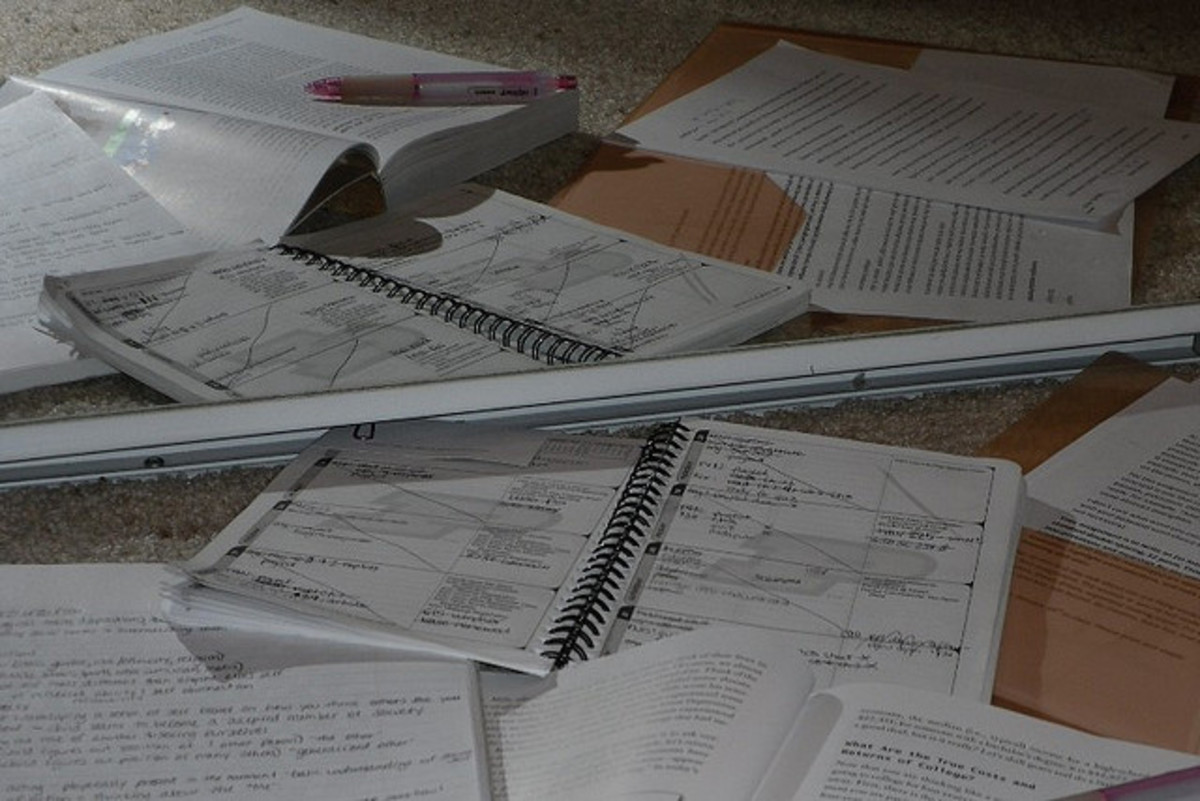Math Homework: How to Help Your Child
Math homework doesn't have to be a battle of wills and tears. There are some easy things that you can do to make math easier for the whole family.
A Guide to Understanding "The New Math"
Have you noticed that math is not being taught in the same way that you learned math as a child? If so you are not alone. Many of my parents come to parent teacher conferences and say, “I don’t know how to do this math. I didn’t learn math this way.” So why is math so different today and how do you help your child?
The math today isn’t any different; it’s the approach that has changed. When you and I were in school the focus math was procedural. You watch how I do it and now you repeat it over and over until you memorize how to do it and get it right. Then maybe like me, you got to Geometry in high school and the teacher started to talk about theorems and proofs and your eyes began to glaze over. There is a reason for this, your foundational understanding of math was weak.
Students sharing their math thinking.
Click thumbnail to view full-size

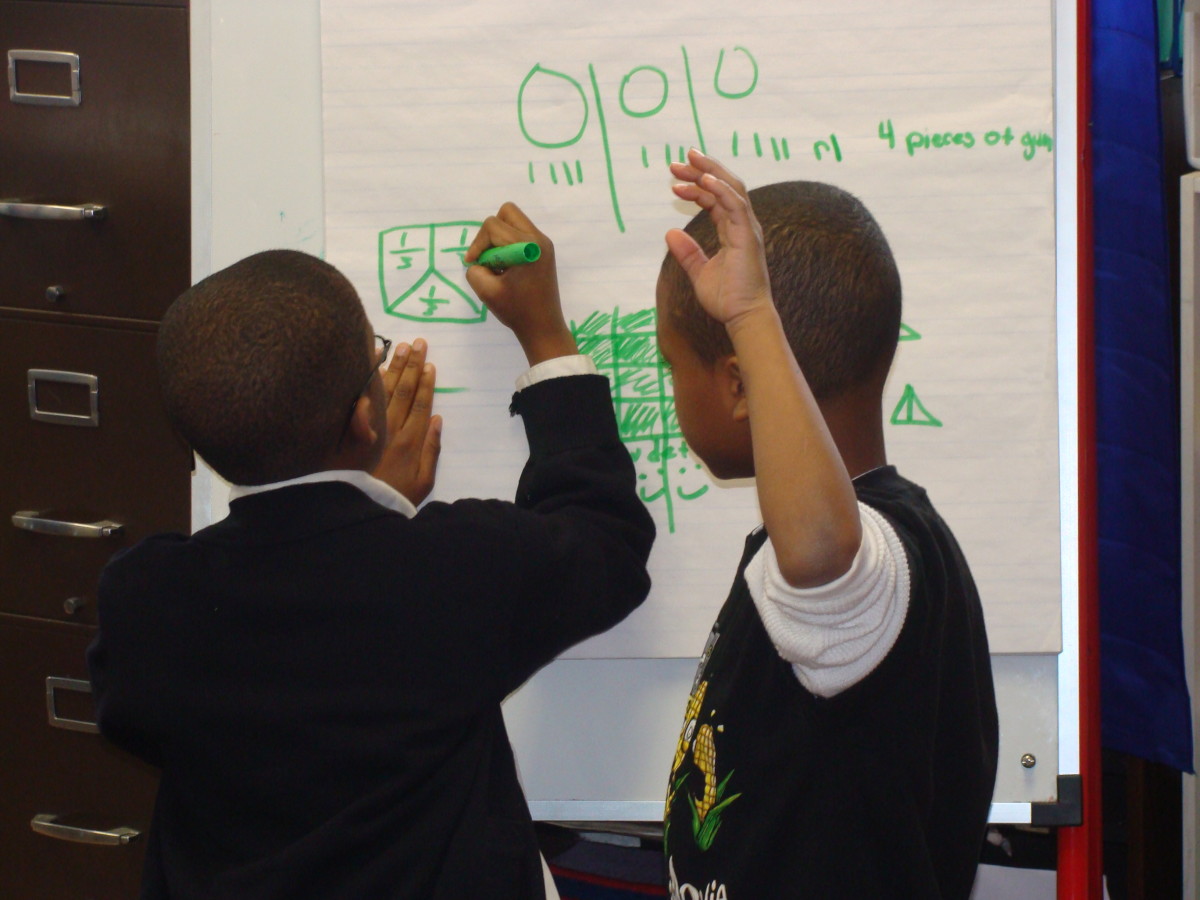

Changes in Learning Math
Math today has a much different focus. Today math teachers and the curriculum from which they teach has a much deeper focus. Students are encouraged to be reflective and make connections with what they already know and what they are currently learning. In my class we explore a concept by using questions to deepen our thinking on a particular topic. I ask my students what they notice or what makes sense to them to get them thinking about what they already know about a particular concept. As each student begins to think about what the other has said, they are able to make connections that are more real to them and make more sense.
When we learned to add, we were told, add the ones column, carry the number to the tens place and so on without any real understand about WHY we were carrying. In my class we use a method called partial sums. For example, 29+45 would look like this: 20+40=60 and 9+5=14, you then combine the sums to make a total of 74. We connect this process to place value. The students are actually talking about adding the value of each digit in it's place, the 2 is not 2 but 20 because it is 2 tens not 2 ones. We then talk about what do we do with the one, what is it's value. Students are then able to make the connection that the one has a value of one ten and understand that we have to bring that one over to the tens column.
Manipulatives are also an important part of building on the understanding of each concept. Of course we do move into the traditional carrying method once the connection to place value is made. You may be thinking, wow that's a lot of extra stuff just to get kids to add. The simple response is, yes, but their understanding is much deeper when they are through. Then as we move on to other concepts like multiplication and division the same approach is used and they are able to make those connections much more quickly.
Books to Help your Child with Math Homework
Five Tips to Make Math Homework Time Easier
- Set aside a designated place to do homework. Make this a place away from distractions like the tv or computer.
- Declare a certain time as the time to start homework. This does not have to be immediately after school but close. Sometimes kids need a little break when they get home from school. Allow them this bit of time to relax their brain before getting back to work.
- Do Not tell your kids that you understand why they are having a hard time with math because you weren't good at math either. This allows them to have an out if they are unsuccessful. You may think that you are sympathizing with them but in reality you are giving them permission to not be successful. Instead you could say something like, "let's work on this together to solve the problem.
- Keep a box or basket of tools that your child may need for math. This can include things like: pencils, rulers, calculator, extra paper, bingo chips to use as counters, and maybe even graph paper for older kids.
- Have your child keep a math notebook. This will serve many purposes for both you and your child. First it can be a place for your child to record his or her thinking. What is confusing to him? What does he really get? So why is this so helpful? It will create a list for you of specific things that you can ask the teacher to help you understand to assist your child or for your child to ask the teacher for some additional help. Sometimes by writing down what you "get" it can lead you to make connections to what the question is actually asking.
Posters of our Math Thinking
Click thumbnail to view full-size



Math Games for Home or School
Math games are a critical component of math understanding. We play math games every day in my classroom. Not only are they fun but they deepen conceptual understanding for students. If your child is struggling with math, consider playing some math games with him. There are many great games that are produced by learning companies but if money is tight, here are few that are easy to make and fun to play at home.
- Capture 5 is a game that we play often in my class and my students LOVE it. It is simple to play and can easily be made and played at home. I allow my students to choose to put their game piece anywhere they choose. Eventually they see that where they place their game piece is a strategic move and they become more thoughtful about it's placement. The goal is to capture 5 chips or coins. Check out the video for instructions on how to play.
- Number Top It is another game we like to play. This is similar to the game of war but involves basic math facts. This is a two player game and all you need is a deck of cards. Each person turns two cards over and place them in front of themselves. If you are playing addition top it, the person that has the largest sums gets all of the cards and then you repeat until all of the cards are used. Variations would be multiplication top it and the largest product would be the winner and take all the cards. You could play with subtraction as well.
- Cover All is a great basic math facts game. Take a strip of construction paper or card stock that is about 10 inches long and divide it into 10 one inch squares. Number each square from 1-10. You will need one for each player (no more than 4 players), ten bingo chips or pennies to cover your game board, and a pair of dice. As you roll the dice you can add, subtract, multiply or divide to get the number that you need to cover on your board. For example, if you roll a 1 and 4 this could be 1+4=5 and cover 5 or 4-1=3 to cover 3. Each player must say the fact that they are using. If you roll two sixes then you have to clear your board. If you roll a 5 and 6 you get to choose someone else to have them clear their board. This is a great game for children at all math levels. If you have one child just learning addition, they can still play with a sibling who has learned their multiplication facts.
Capture 5 addition and subtraction game
Do you struggle with helping your child with math homework?
Above all, don't be afraid to talk with your child's teacher. If your child is struggling with math his teacher will be the one that will be able to tell you exactly the area of your child's weakness and give you some tips on how to help him. Keeping the lines of communication open between home and school are very important to helping your child be successful in school. Don't forget to be patient. You may already know this information but your child is just learning!

